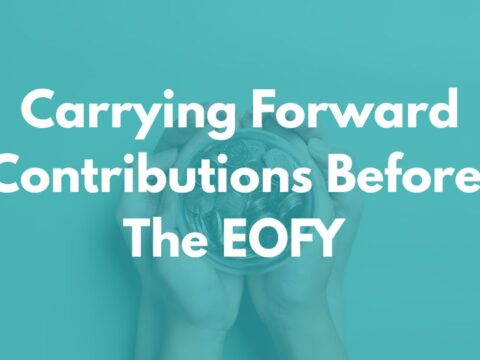Business In Distress? Proactive Steps You Can Take Before EOFY
Businesses facing financial challenges must take proactive steps as the end of the financial year approaches to ensure compliance and set a foundation for recovery.
The Australian Taxation Office (ATO) has intensified its efforts to recover debts, leading to a surge in insolvencies and restructuring plans.
Therefore, it’s crucial for struggling businesses to prepare diligently for EOFY.
Organise and Review Financial Records
Begin by gathering all financial documents, including invoices, receipts, bank statements, and loan agreements. Ensure that all transactions are accurately recorded and reconciled. This process not only aids in compliance but also provides a clear picture of the business’s financial health.
Assess Income and Expenses
Evaluate all income streams and expenses for the financial year. Identify areas where costs can be reduced or eliminated. Understanding the business’s cash flow is essential, especially when resources are limited.
Meet Tax Obligations
Ensure all tax returns are prepared and lodged on time. Late submissions can result in penalties, further straining finances. If the business is unable to pay its tax liabilities in full, consider negotiating a payment plan with the ATO.
Review Payroll and Superannuation
Confirm that all employee payments, including superannuation contributions, are up to date. Utilise Single Touch Payroll (STP) reporting to streamline this process. Non-compliance in this area can lead to significant penalties.
Evaluate Business Structure and Operations
Assess whether the current business structure is still appropriate. Consider if restructuring could provide financial relief or operational efficiencies. This might involve downsizing, renegotiating supplier contracts, or exploring new markets.
Seek Professional Advice
Engage with accountants or financial advisors who can provide guidance tailored to the business’s specific situation. They can assist in identifying tax deductions, preparing financial statements, and advising on restructuring options.
Consider Small Business Restructuring (SBR)
If the business is insolvent or nearing insolvency, the SBR process may be a viable alternative to liquidation. Introduced in 2021, SBR allows eligible small businesses to restructure their debts while continuing to trade. This process requires the assistance of a registered practitioner and can provide a pathway to financial recovery.
Plan for the New Financial Year
Develop a realistic budget and set achievable financial goals for the upcoming year. Identify key performance indicators (KPIS) to monitor progress. Regularly reviewing these metrics can help make informed decisions and adjust strategies as needed.
In conclusion, while EOFY can be challenging for businesses in financial distress, it also presents an opportunity to reassess and realign operations. By taking deliberate and informed actions, businesses can navigate their current challenges and lay the groundwork for a more stable financial future.
Why not speak with one of our trusted team to find out how we can help you get back on track?
IMPORTANT NOTICE
This blog post contains general information only and has been prepared by Allworths without reference to your objectives, financial situation or needs. Allworths cannot guarantee the accuracy, completeness or timeliness of the information contained here. By making this information available to you, we are not providing professional advice or recommendations. Before acting on any of the information contained here, you should seek professional advice.




